Enzootic Genetics & Innovation and NRGene to launch all-female post-larvae
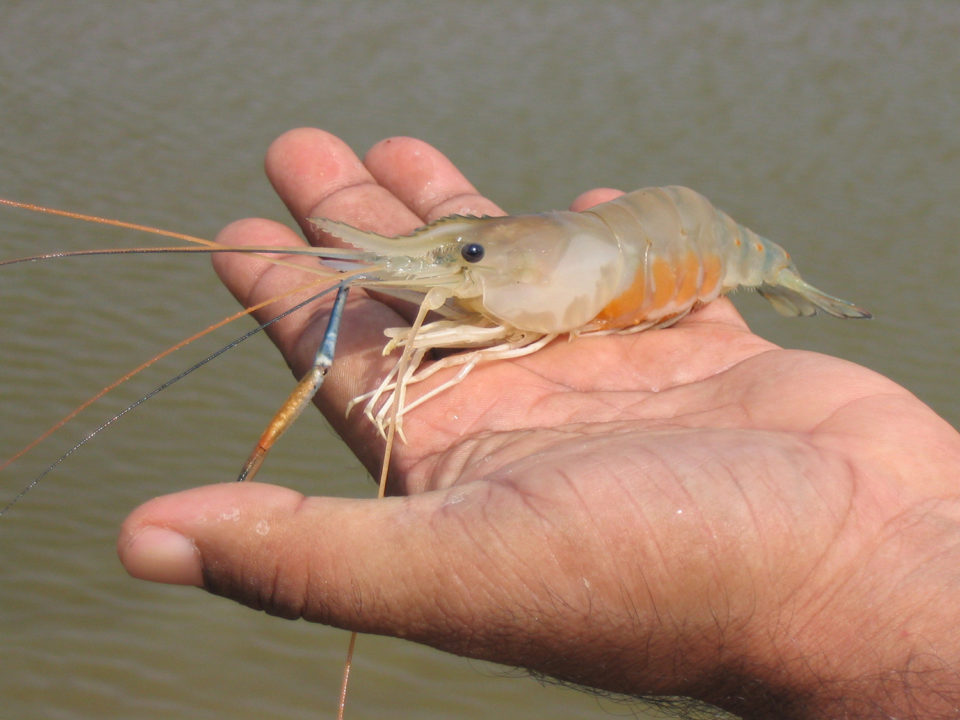
Freshwater shrimp farmers will soon have the option of purchasing all-female postlarvae (PL), juveniles and broodstock with a genomic sequence that gives them greater disease resistance, better food conversion rates and faster growth rates.
Enzootic Genetics & Innovation, a Singapore-based company, recently built a hatchery in Thailand where it hopes to produce 460 million PLs each year. This year the company is growing freshwater shrimp (Macrobrachium rosenbergii) in demonstration ponds to help farmers understand the differences between their current practices and the results they can expect with all-female populations supplied by Enzootic. But by 2022 the company plans to be selling directly to farmers, at prices equal to what they’re paying now.
In 2018 Enzootic approached Israel-based NRGene, which provides tools to optimize and accelerate the breeding programs for global agriculture, seed and food companies. Its goal was to have NRGene tap into the sexual plasticity of freshwater shrimp and to find the gender switch whereby shrimp can switch from being male to female.
“When you have a mixed population of shrimp in a pond, the males are aggressive,” said Glen Illing, CEO at Enzootic. “They emit a pheromone that suppresses other males from growing, which results in a non-uniform harvest. When males develop and grow they may be attacked and eaten by other males, resulting in higher mortality rates. In contrast, female shrimp are social. We figured if we could remove the males from the pond’s population, then the females could live more comfortably, in higher densities and with higher yields per square meter. This could improve a farmer’s profitability by a factor of four.”
https://www.aquaculturealliance.org/advocate/indias-shrimp-industry-adapts-to-covid-19-restrictions/
Within three months of that first meeting, NRGene delivered on the request.
“Enzootic now has a patented technology for all-female shrimp and there is no one else in the world that can do this,” said Assaf Shechter, Enzootic’s executive chairman. “In Israel, at our research and development center, we are producing super-females that can only produce other female shrimp. With this population we can build hatcheries and produce larvae and juveniles for shrimp farmers.”
In April Enzootic entered a new collaborative agreement with NRGene through which NRGene will create a reference-level genome for M. rosenbergii that will allow Enzootic to select animals that perform better, have higher tolerance to disease and better food conversion rates.
“We’re only just starting out with shrimp genetic programs and to keep up to speed with food and labor costs we have to find a faster way of doing genetic improvement,” Illing said. “The genomic work allows us to look into the animal’s genome, compare it and select gene sequences that match the criteria we’re seeking by analysis without actually breeding the animal. This allows us to speed things up considerably.”
NRGene was founded in 2010 and today comprises a team of 60 in Israel, Canada and the United States. The company raised $30 million in an Initial Public Offering in January 2021 and since 2015 has completed over 280 molecular breeding projects in agriculture, food and beverage, cannabis, hemp and aquaculture.
“The real value of what we do here is deliver to farmers a genomic sequence that reduces your research and development and your time to market,” said Dr. Gil Ronen, CEO. “NRGene helps its clients do more efficient breeding to reach their goals, and much faster than they could using classical breeding. This is common practice in agriculture and farm animal breeding, but it’s only just beginning in aquaculture.”
The initial work NRGene completed for Enzootic was extremely complicated, Ronen said. “It’s a huge genome, more than double the human genome, and very problematic. It’s like a puzzle with a lot of sky! It was the first full genome makeup of any type of shrimp and it was key intellectual property for Enzootic.”
He estimates it will take three-to-six months for NRGene to develop the freshwater shrimp DNA markers for Enzootic, at a cost amounting to less than 1 percent of the price tag associated with breeding a new shrimp variety.
“The aquaculture industry is behind other industries when it comes to breeding, and the way to catch up is to use companies with tools like ours to do more efficient breeding that will allow them to reach their goals. We help our clients reach those goals much faster,” he added.
While neither company was willing to disclose the terms of its collaboration, Ronen said NRGene’s vision is for long-term agreements with clients in which it receives royalties from their products, instead of a fee-for-service.
“The overall vision is to be a collaborator, not a service provider,” he said. “We want to share the risk with our clients, and having completed 280 projects successfully, we know our technology is coming into commercialization, and we’re more than prepared to take this risk.”
Enzootic believes its patented technology and the genetic improvements coming down the line with this new collaboration with NRGene constitute nothing short of a revolution for the shrimp industry.
“Thailand has a large interior and the ability to grow this shrimp, but in the future Vietnam, Indonesia, India, China and Bangladesh are countries we hope to expand into,” Illing said. Over the next five years the company plans to establish 10 hatcheries across Southeast Asia, at a cost of $1.5 million each. “Most countries in Southeast Asia want to expand this industry and their governments are promoting that expansion,” he noted. “We hope to bring profitability to the industry by increasing stocking densities of ponds and improving the animals’ performance, so farmers will have a much more efficient animal to work with.”
Follow the Advocate on Twitter @GAA_Advocate
Now that you've reached the end of the article ...
… please consider supporting GSA’s mission to advance responsible seafood practices through education, advocacy and third-party assurances. The Advocate aims to document the evolution of responsible seafood practices and share the expansive knowledge of our vast network of contributors.
By becoming a Global Seafood Alliance member, you’re ensuring that all of the pre-competitive work we do through member benefits, resources and events can continue. Individual membership costs just $50 a year.
Not a GSA member? Join us.
Author
-
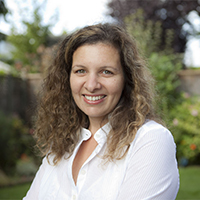
Lauren Kramer
Vancouver-based correspondent Lauren Kramer has written about the seafood industry for the past 15 years.
Tagged With
Related Posts
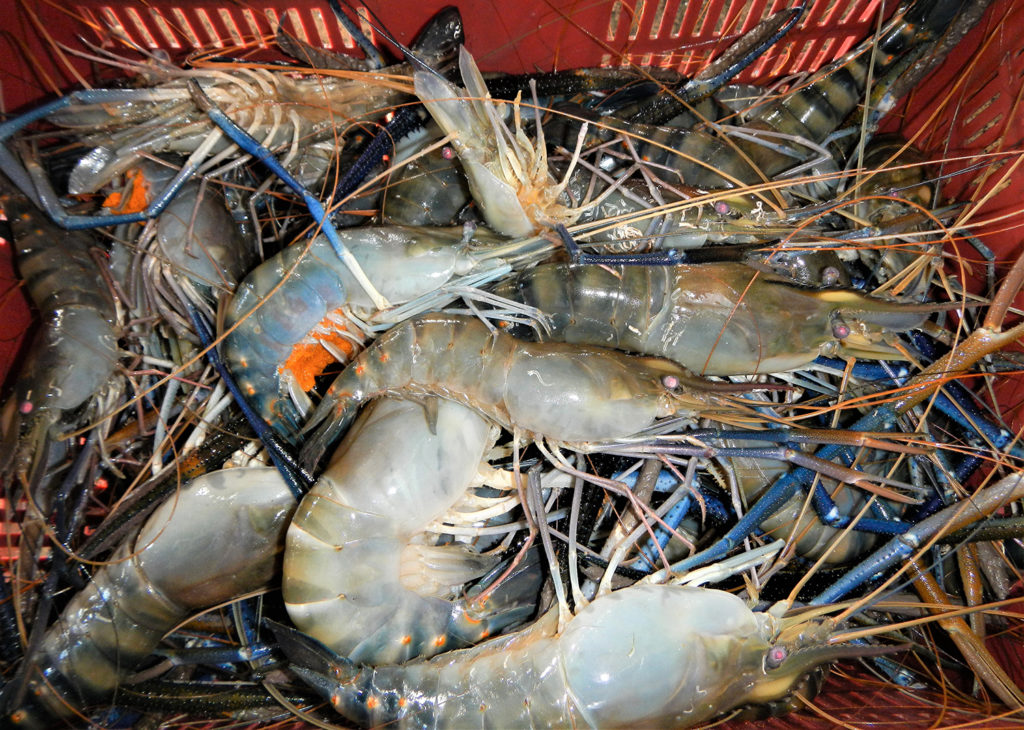
Health & Welfare
First report and description of Decapod Iridescent Virus-1 in giant freshwater prawns
Study reports and describes a natural occurrence of new virus, Decapod Iridescent Virus 1 (DIV1), in the giant freshwater prawn (Macrobrachium rosenbergii).
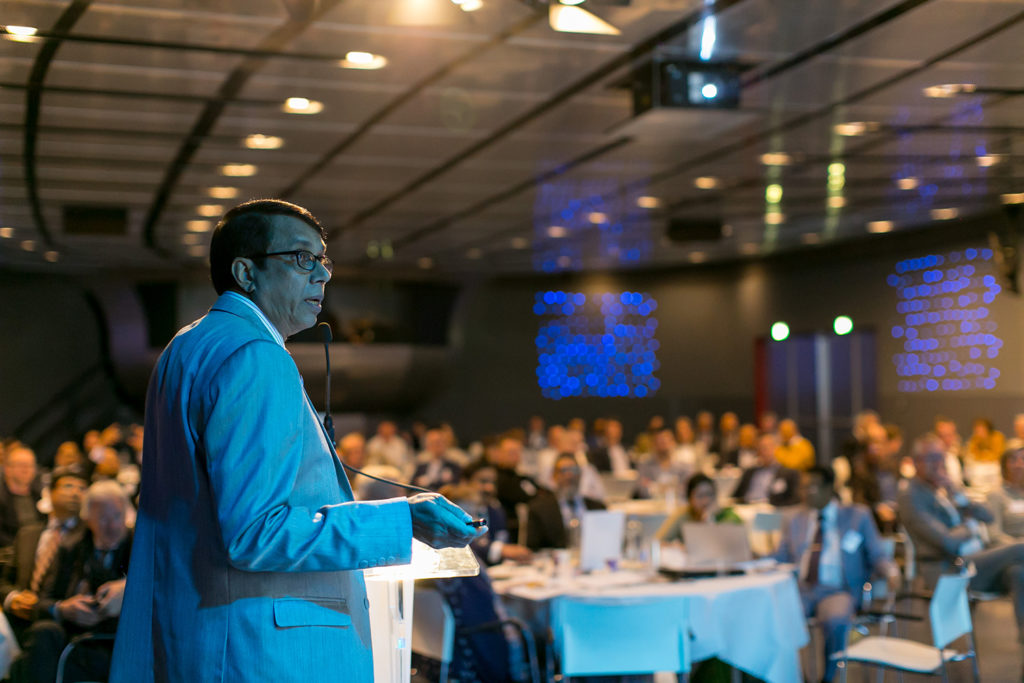
Intelligence
Bangladesh seeks more buck for its ‘bagda’
As more than 80 percent of Bangladeshi shrimp exports already go to EU markets, a consultation meeting involving buyers from the bloc and Bangladesh industry stakeholders and authorities was held at the end of last month in Utrecht, the Netherlands.

Health & Welfare
Emerging disease: Shrimp Hemocyte Iridescent Virus (SHIV)
SHIV is a new Pacific white shrimp virus in the Iridoviridae family. Authors also developed an ISH assay and a nested PCR method for its specific detection.
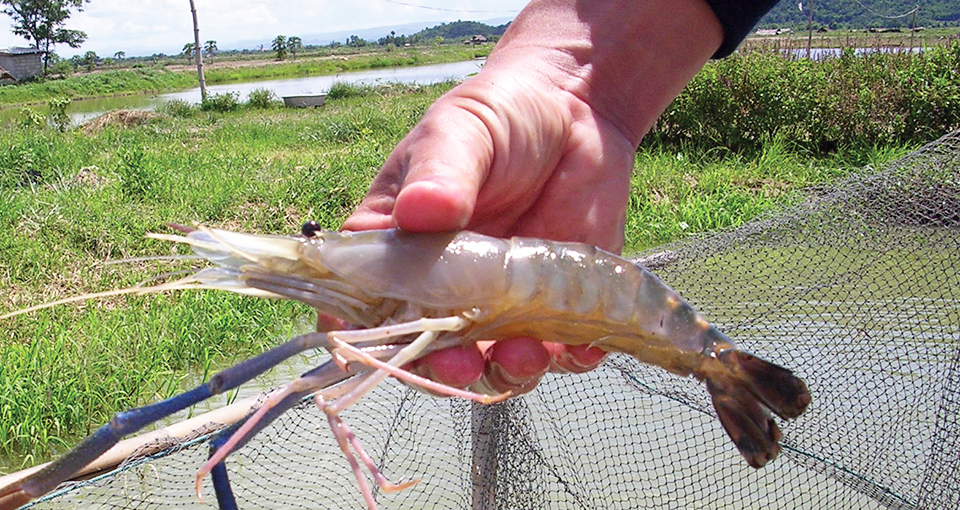
Responsibility
Freshwater prawn farming in Thailand
While the industry faces issues, freshwater prawn farming in Thailand offers a lucrative alternative to other forms of farming on small farms.

